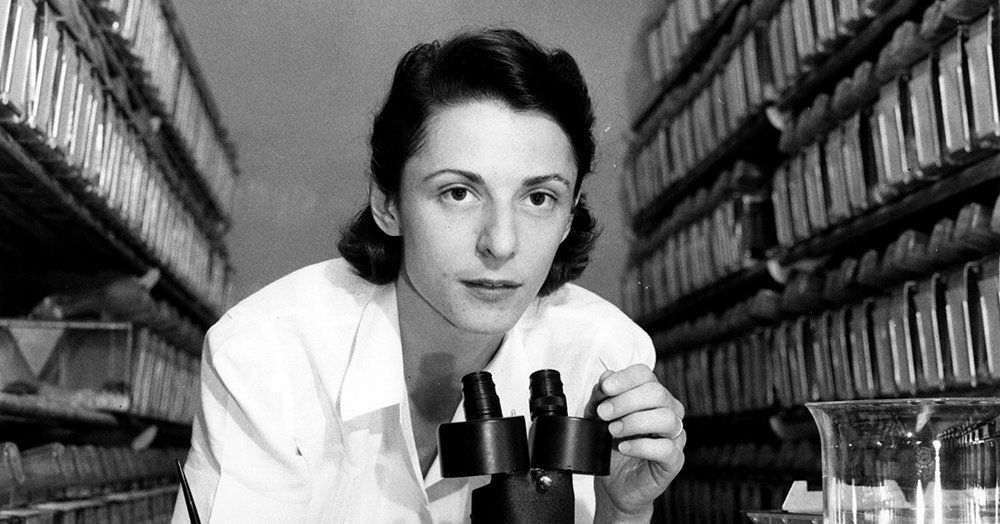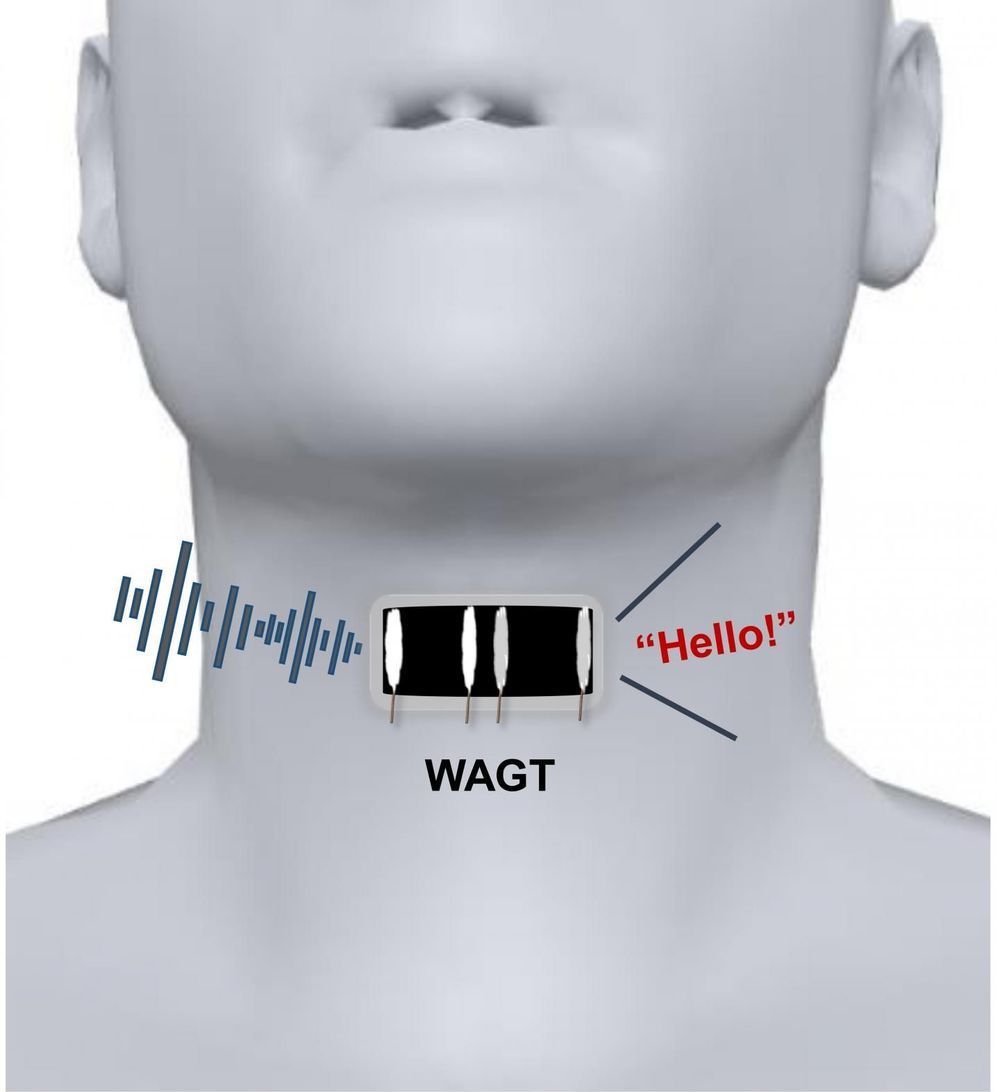For example, the embryos of mice that had been impregnated at the same time and then irradiated at the same time all developed the same foot deformity. The embryos that were radiated a day later all had a different foot deformity. A third group of mice, radiated on a different day, all had short tails.
Through extrapolation, Dr. Russell determined that in humans, developing fetuses were most vulnerable to radiation during the mother’s first seven weeks of pregnancy. Because women generally don’t know right away whether they are pregnant, Dr. Russell recommended that non-urgent diagnostic X-rays be taken in the 14 days after the onset of a woman’s menstrual period. Women don’t ovulate for those two weeks, so Dr. Russell reasoned that they could not become pregnant and doctors could avoid potentially causing harm to a fetus by using radiation.
That recommendation was adopted around the world and is the reason doctors, before taking X-rays, ask women of childbearing age if they are pregnant or if they think they might be pregnant.










